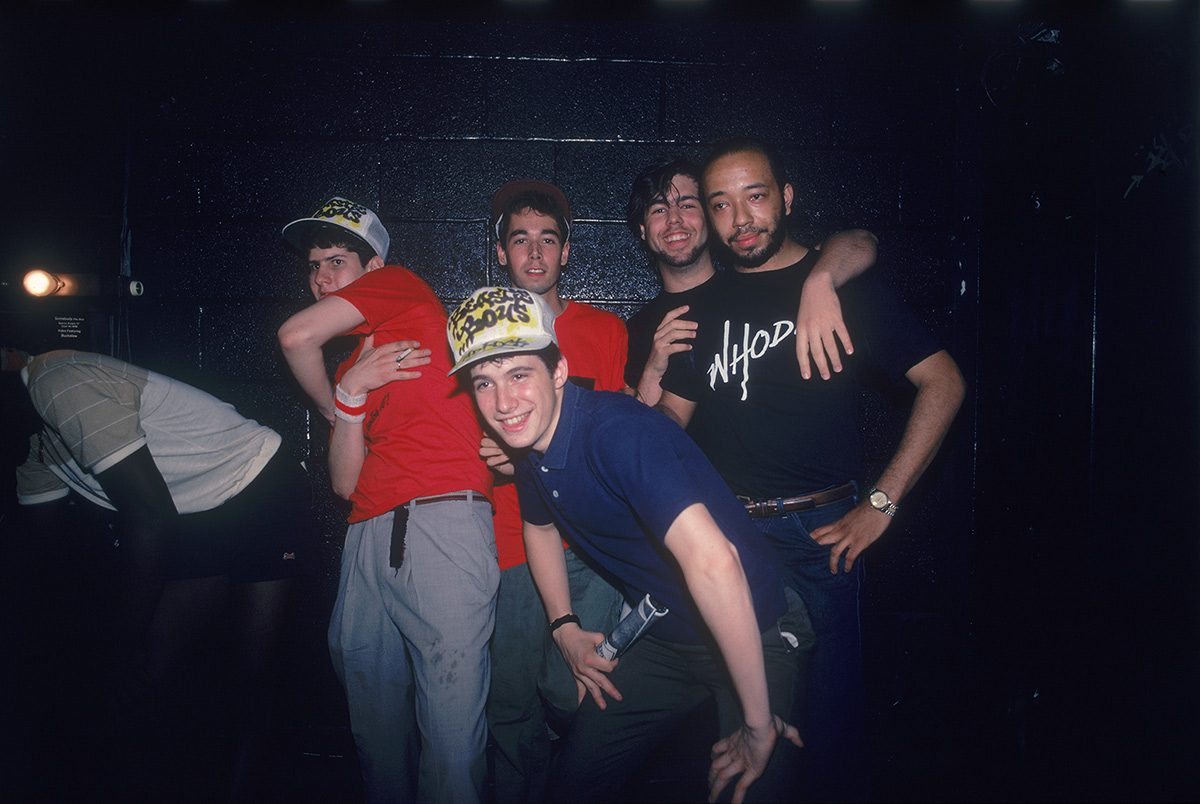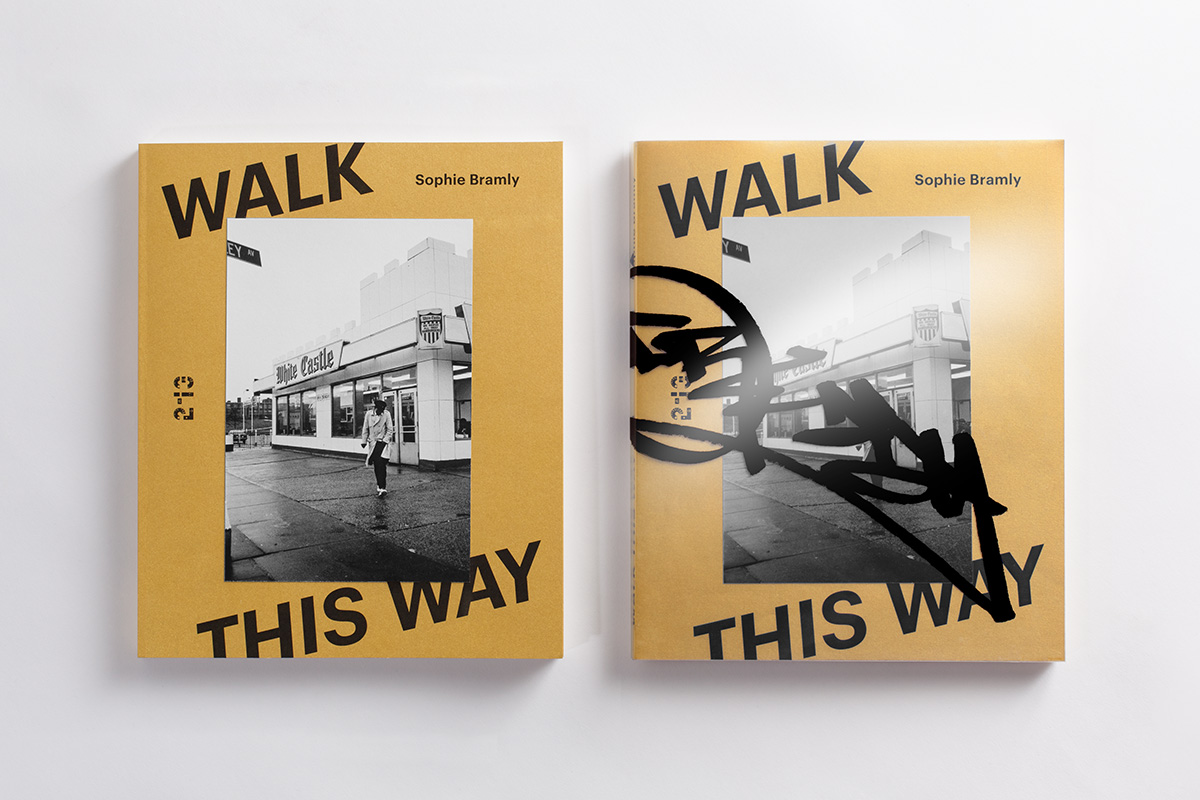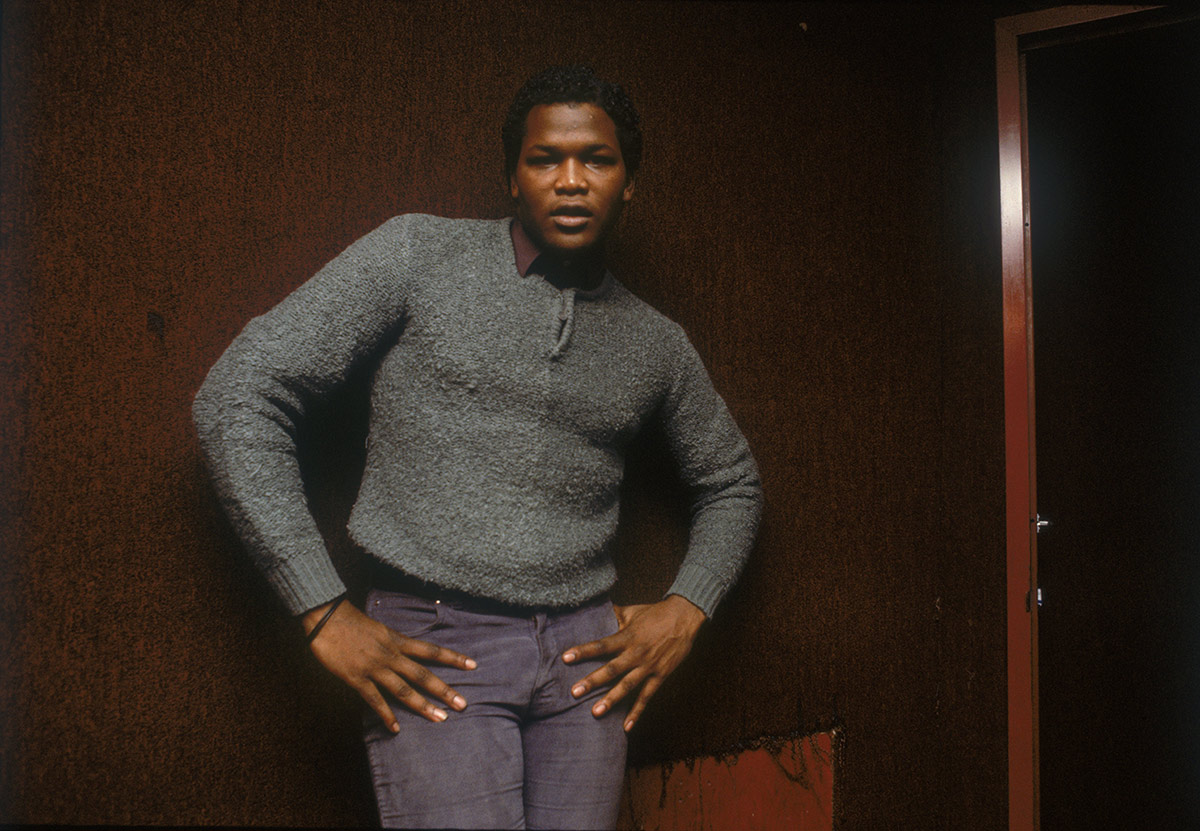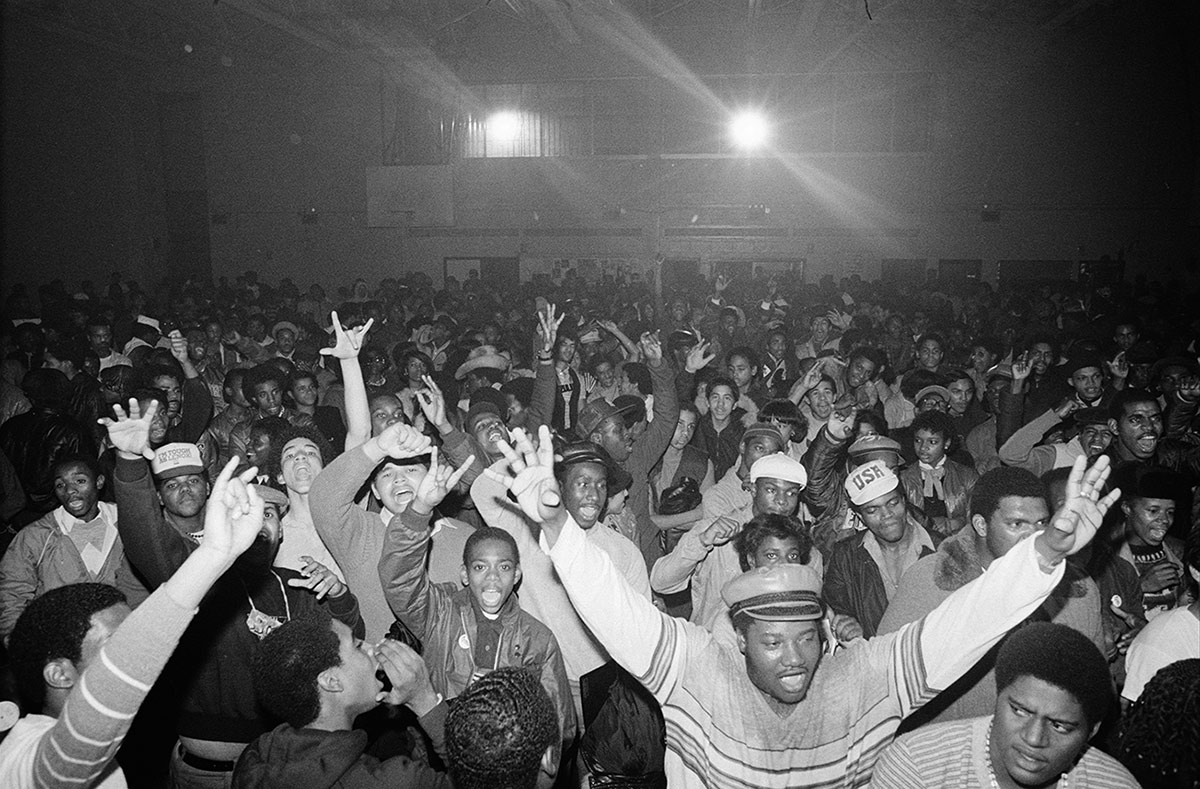Interview: Photographer Sophie Bramly on “Walk This Way”
How she captured hip-hop pioneers on film in the ’80s, just as they were starting to rise

Walking through Paramount Pictures Studios during the Paris Photo show in Los Angeles earlier this spring revealed photography both vintage and new, as well as literal and abstract. Tucked into a corner of “New York Street” backlot, specialty bookshop Librairie 213 presented a series of images by French photographer, TV host, and documentary filmmaker Sophie Bramly. “Walk this Way” showcases the underground hip-hop community in a beautiful photo book, limited to just 500 copies.

From 1981 to 1983, Bramly used her camera to capture breakers, rappers, graffiti artists and musicians like Run-DMC, Rick Rubin and the Beastie Boys to Afrika Bambaataa, DST, Futura 2000, DONDI, and Fab Five Freddy (who wrote the book’s forward). Being part of the community and documenting their lives became an all-consuming project of the photographer, who had left her days of lucrative fashion, pop culture, and celebrity photography behind. And what especially distinguishes this from other archival photo books is the feeling of trust that resonates between the artists and Bramly. She would go on to help create MTV’s first-ever hip-hop show, Yo! MTV Raps, in Europe continuing her desire to explore and share all aspects of music culture she loved. Bramly shared with CH her insatiable curiosity and how images of her favorite musicians became “Walk this Way.”

How did you first discover and begin documenting the rap and hip-hop music scene?
One day I was at Union Square, and some guys started dancing on their heads. And I was like, “What’s going on?” It was the beginning of rap music. Flash had a hit before that and the Sugar Hill Gang, but I had never seen any breakers. I was flabbergasted with what they were doing. It got me really intrigued. I went to meet them. And from one guy I met another guy and a bunch of rappers and graffiti artists and the whole scene, which at the time was small, about two hundred or three hundred people. Once you knew a few, you knew all of them. So that is what I started doing. I did absolutely nothing else for about three years and really could care less. I was not selling my photos anywhere in New York or in Paris or anywhere in Europe. I lived in New York for three or four years. I was just doing it and stockpiling photos and nothing was happening. It was just negatives in a box.

How did you end up living back in Europe?
In the US segregation was still really strong. It was abolished, but people didn’t mix. In Europe, we never really had that issue. Then this French guy organized a big tour with a bunch of the guys: Afrika Bambaataa, Grandmixer DST, Fab 5 Freddy, Mr Freeze, the Rock Steady Crew and Futura 2000. They went to France, London and Germany. That was enough. Magazines then picked it up. Everybody was like, “What’s going on?” Then strangely enough it came back to the US, via Europe, because it was getting so much media attention. That’s when I started coming back more often. It made more sense. It was funny. Nobody knew what to write to go with the picture so sometimes I was also writing the articles. I became the expert.

As a photographer how did you become a person they would trust to capture their daily lives?
I think there are a few reasons. First of all we became friends, like family. The other thing is I did not look like anybody else. I was quite intriguing. I was born in Tunisia. To them it was like the motherland. It was unique and I was unique too in the sense that I did not fit the molds that they have. I was not a bitch, I was not a ho, and I was not a sister. I was someone in between. I wear fishnets all of the time. Photographers with fishnets are pretty unusual. My way of getting dressed was rather unusual. I was not hiding my camera, but if you stay with someone for 12 hours and only use the camera for an hour or two, they don’t see it.

Were they happy to have someone documenting their lives and creative process?
It’s very flattering. There were maybe three or four photographers back then, recording what they were doing. Martha Cooper, Henry Chalfant was only on the trains, Joe Conzo, and that’s it. There were four of us. It was really small. I was not doing it as a job, per se. I was just doing it. I was always there.
What did you think when you met the Beastie Boys?
When I met the Beastie Boys they were 16. First I heard a demo of Cookie Puss, which was their first single. Some guys was playing it on his ghetto-blaster and I was like “Who are they? I want to meet them.” He said, “Go see this guy at his dorm room at NYU; he’s got a vinyl.” The guy in the dorm at NYU was Rick Rubin. He was the fourth Beastie Boy. He was just putting together Def Jam with Russell Simmons. They did not even have an office, so they had the records stacked in the bedroom. I took my Cookie Puss and left. As Def Jam started to get together, the Beastie Boys was one of their early records. I asked to do some photos. You can see from Rick and Russell’s faces they are all so young. It was just like “Wow!”

How did Yo! MTV Raps happen?
First, there was a show in France called “Hip Hop.” That was in about ’84. They asked me to be an artistic director, to help the whole thing go. It was huge in France. It was massive. That was on TF1 and lasted for a year. By then the whole of France was hip-hop, the advertising, the billboards. Even if they were selling a yogurt, a car, or a T-shirt. Then MTV called me because they were launching MTV Europe in London. They heard of me and asked me if I was interested. I moved there. And the incredible woman who was head of programming knew that I cared a lot about rap, so she said “Why don’t you do a rap show?” I asked “On MTV? Are you sure?”
Where did the name for the show come from?
I was listening to a lot to Public Enemy, their album Yo! Bum Rush the Show. I was always joking in the morning coming into the office. I was always going like, “Yo! Bum Rush the Show!” So I did not even have to think about a name. It was “Yo!” immediately. Then I did it for three or four years. And Bambaataa was my first guest. I immediately called Freddy. Freddy was like, “Wow! What’s goin’ on? You are saying Yo! on MTV?” It was wild for him. And then a year later he was hosting it in the US.
What happened next? How did you put the episodes together?
I continued working on the show in Europe. I was interviewing just about anyone from the US. NWA, Ice T, Wu-Tang, The Native Tongues, but I was also interviewing a lot of bands from Europe because by then there were people in France, Spain, Holland, Sweden, and in Japan. I was so free. I was just hopping on a plane, filming people, coming back with my films. It was an incredibly luxurious time. There was so much freedom in Europe. It was incredible. I did not have any of the rules they had in the US, to have to say and do certain things. I was so free. Some people didn’t even realize they were being interviewed.

How many photos of the hip-hop community have you taken over the years?
I took a few thousand photos. The book has 87 of them. The curators from [Librairie] 213 did an incredible job. I did a couple of exhibitions in France last year. I loved digging in my archives and finding another story to tell. In the previous shows, I really wanted to explore the effect it had in the overall culture. How a bunch of kids living in a dump, who were really the outcasts, took the world by storm. It was such a strong and incredible culture, that it snuck into everybody’s lives. That was really the story that I wanted to tell. This time we wanted to do a more photographic work.
What are you working on now?
For the past 10 years, I have been focusing on female sexuality. I have ventured into artsy erotic stuff. I am still doing that. I am also now doing a documentary on the Jewish district in Paris; it’s right down from my house and it is disappearing. Whenever I have a moment, I just hop down there and film. The film has three parts. One on the way they help each other and stick together, and the other one on men and women’s relationships, which I find very contradictory. I am having problems with the male-female part. Both men and women are like “What? What are you talking about?” And the last part is about why they are all going away.

“Walk This Way” by Sophie Bramly is limited to 500 copies, each of which comes with an original print (signed and numbered)—which explains the price tag of $280. Follow the updates on its Facebook page to track down a copy.
Images courtesy of the artist












